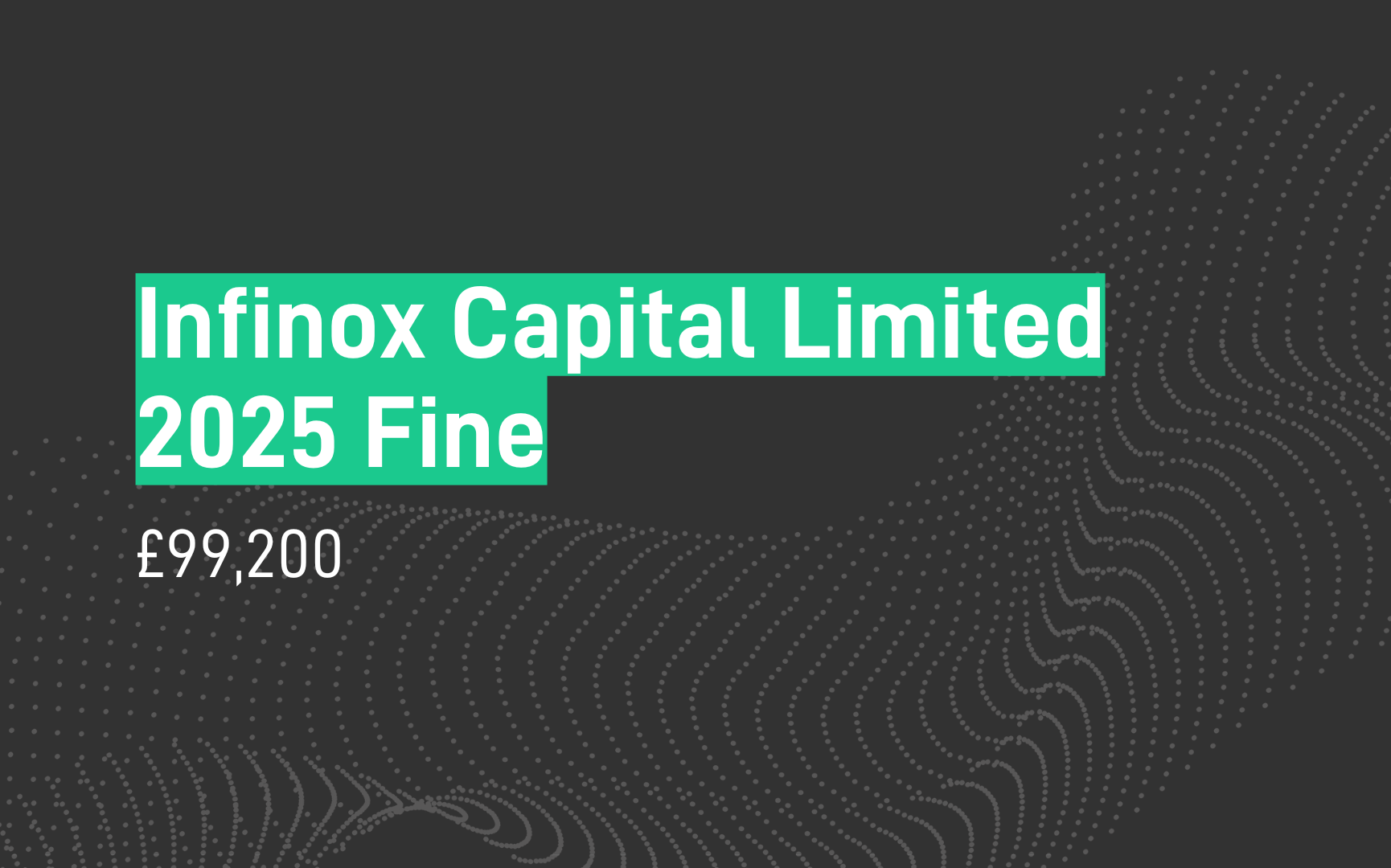In December 2022, the Securities and Exchange Commission (SEC) announced a series of amendments to its rules surrounding insider trading arrangements and related disclosures.
These new financial disclosure requirements will go into effect on April 1, 2023, for most companies - removing a common loophole used by corporate executives to sell company stock.
The amendments are happening to Rule 10b5-1 under the Securities Exchange Act of 1934, which has provided corporate executives with a defense to trading on the basis of material nonpublic information (MNPI) in insider trading cases.
This will reverse an SEC rule passed in 2002, which created a regulatory loophole where company executives were protected from insider trading charges as long as they had a “preset” trading plan in place (10b5-1 plan) outlining their planned transactions before they received privileged information. The problem with these was that executives could sell shares as soon as a day after making changes to or creating new plans.
The issue, the SEC found, was maintaining oversight of the adherence to these preset plans, with a report from the Wall Street Journal indicating that 60% of trading disclosure by insiders in recent years deviated from the trading plans.
The rule amendments require executives to wait at least 90 days after starting or modifying a trading plan before trading in company stocks. Companies will also have to disclose the details of 10b5-1 plans filed by their executives in quarterly and annual reports.
Summary of changes to the Securities and Exchange Act of 1934, 10b5-1:
-
Cooling-off period
In the past, unless restricted by a company’s own insider trading policy, an insider could adopt a plan that called for trades to commence almost immediately. However, under the revised rules, trades cannot be executed until at least:
-
90 days after the adoption or modification of their trading plan, or
-
two business days after the company files a quarterly or annual financial report with the SEC covering the quarter in which the plan was adopted or modified, whichever is later, but no later than 120 days after the plan is established.
-
Limits on multiple overlapping plans
Individuals generally will be prohibited from having more than one 10b5-1 plan to cover the same time period for open market purchases or sales. An individual will be allowed to have two separate 10b5-1 plans for open market transactions only if trading under one does not commence until all trades under the other have been completed. There is an exception for plans covering sales needed to satisfy tax withholding obligations triggered by the vesting of equity compensation.
-
Limits on single-trade arrangements.
At present, many 10b5-1 plans are set up for a single trade. Under the revised rules, a person will be limited to one single-trade plan in any 12-month period (with the same exception for tax withholding obligations).
Case studies demonstrating the scale of the issue before the new rule amendments:
-
Lordstown Motors, an Ohio-based electric vehicle startup, faced significant scrutiny when five of its top executives sold company stock a month ahead of the company announcing unexpected high losses. This was a serious case of company executives profiting off of MNPI.
Learn more here >
-
Silicon Valley Bank’s CEO sold $3.6m of shares days before the bank disclosed large losses that triggered its stock slide and collapse. Additionally, other executives also cashed out up to $84m worth of stock over the past two years. No regulatory enforcements have yet been made, but this sends severe concerns in the market and shows a potential breach of MNPI rules.
Learn more here >
-
Sean Wygovsky, a former trader at a Canadian Asset Management firm, and Christopher Matthaei, a former partner at a New Jersey broker-dealer firm, were charged for insider trading charges on the grounds of using MNPI of at least seven merger announcements involving Special Purpose Acquisition Companies (SPACs) to earn illicit profits of more than $3.4 million.
Learn more here >
About SteelEye
Comply with confidence. SteelEye is the first and only fully integrated trade and communications surveillance solution. We empower you with the data-driven tools and complete insights you need to focus on what matters, all from a single platform, so that you can turn supervision into Super Vision.
SteelEye’s state-of-the-art algorithms and intelligent alerts proactively detect market manipulation and compliance breaches, while our holistic data model – which combines communications, trades, orders, news, and market data – provides intelligent insights and deep analytics.
With connectivity to over 140 trade and communications sources, SteelEye is the only solution that can natively combine all your data into a single, compliant, secure repository. Our cutting-edge cloud-based technology enables you to boost productivity, lower the total cost of ownership, and gain a competitive edge through data intelligence.
DISCOVER OUR SOLUTIONS
Integrated Surveillance | Trade Surveillance | Communications & eComms Surveillance
Record Keeping | Best Execution & Transaction Cost Analysis | MiFIR Transaction Reporting








